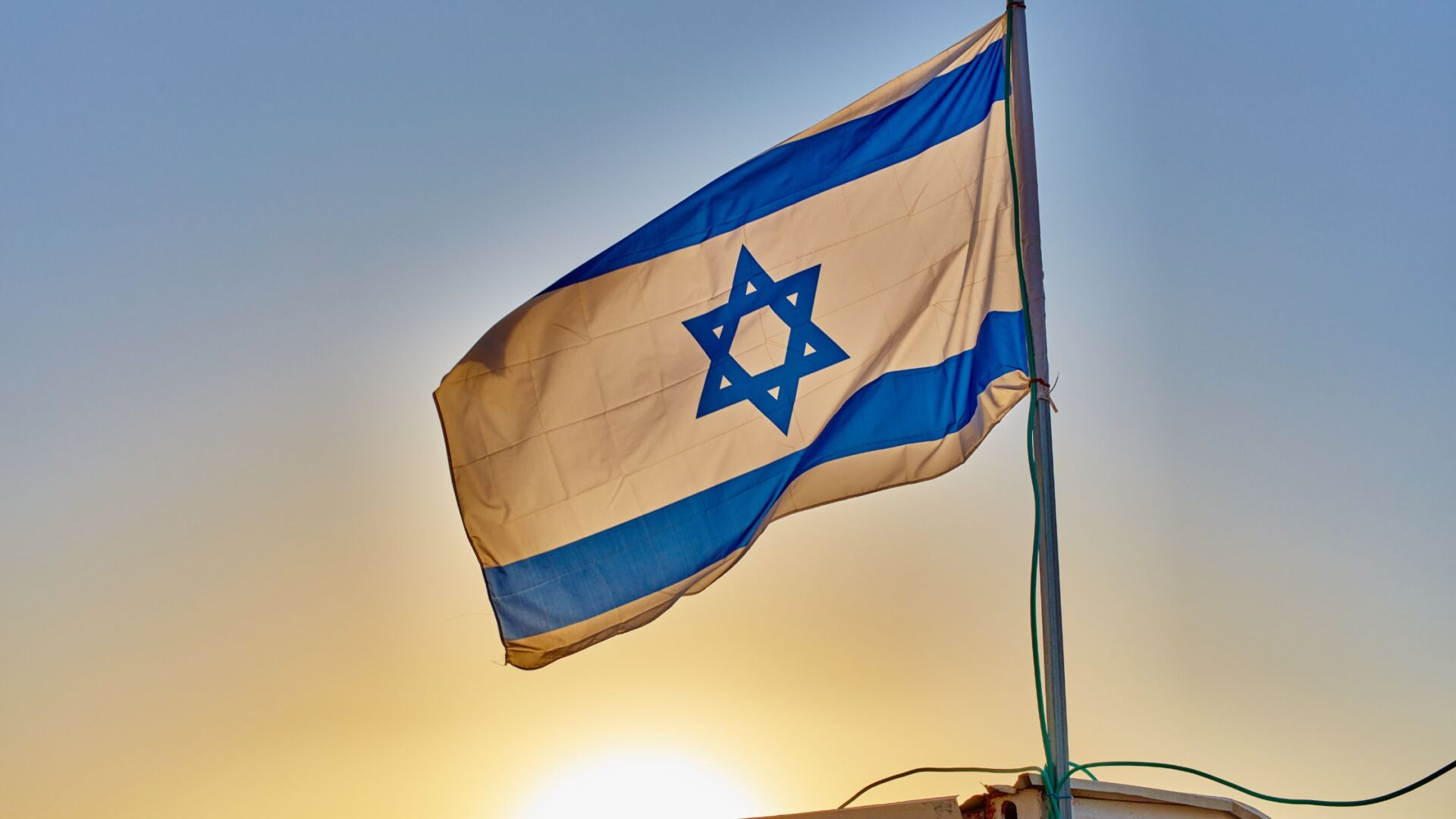Key Takeaways
- Twenty Israeli hostages and nearly 2,000 Palestinian detainees were freed.
- An American-led ceasefire in Gaza held after two years of war.
- President Trump received a hero’s welcome in Israel.
- A peace conference followed in Egypt.
- Families felt relief mixed with uncertainty about the future.
After two years of brutal conflict, people saw a glimmer of hope. Twenty Israeli hostages walked free. Nearly two thousand Palestinian detainees returned home. This hostage swap came as an American-led ceasefire held in Gaza. Families hugged loved ones. They smiled through tears. Yet many still worry about what comes next.
Background on the Ceasefire
The war began two years ago. It brought suffering and loss. Both sides faced daily violence and fear. Outside leaders pushed for peace. Finally, the United States led talks that convinced both sides to pause fighting. On the first day of calm, negotiators sealed a hostage swap deal. Meanwhile, people in Gaza and Israel watched for signs of future talks.
How the Hostage Swap Happened
Negotiators worked for weeks in secret. They met in neutral locations. They built trust step by step. In a final round, both sides agreed to exchange prisoners at the same time. Israeli forces released twenty Palestinians. Some had spent years in detention. In return, Hamas freed twenty Israeli civilians and soldiers.
Once the deal was official, buses and trucks lined up at crossing points. Medical teams stood by. Families waited on both sides. When the gates opened, freed hostages stepped into sunlight. They hugged relatives. They thanked doctors and diplomats. Reporters captured every moment.
President’s Visit and Peace Conference
Soon after the swap, President Trump flew to Israel. Crowds cheered as he landed. He called the released hostages “brave heroes.” Their safe return moved the nation. Then the president hosted a peace conference in Egypt. He invited leaders from Israel, Egypt, and Palestinian authorities.
At the conference, President Trump spoke about lasting peace. He urged both sides to build trust. He also promised continued U.S. support. Delegates discussed rebuilding Gaza’s schools and hospitals. They talked about economic aid and security guarantees. They agreed to meet again soon.
Life After the Hostage Swap
Families now face daily challenges. Some hostages need medical care and therapy. They work with doctors to heal both body and mind. Palestinian families also reunite with relatives who spent years in detention. They share stories of hardship and hope.
Local groups and charities stepped in to help. They provide food, housing, and counseling. Children play in parks once too dangerous to visit. Adults return to jobs or search for work. Schools reopen in Gaza. In Israel, communities hold welcome-home events.
People feel relief, but they remain cautious. They know a single incident could renew violence. Many pray for peace talks to succeed. They hope leaders will keep their promises.
Next Steps for Peace
The hostage swap showed what dialogue can achieve. Now, both sides face a bigger test. They must turn a pause in fighting into lasting peace. Leaders plan more meetings in the coming months.
They will discuss border security, prisoner rights, and aid delivery. They might form joint committees to handle disputes. They aim to reduce checkpoints and ease travel. They also want to reopen trade routes.
Civil society groups push for cultural exchanges. They organize sports events and student visits. They believe meeting across the divide can build trust.
However, obstacles remain. Hardliners on both sides oppose concessions. They warn against trusting the other side. Meanwhile, some citizens fear any deal that leaves questions unanswered.
Still, the hostage swap gave people a rare moment of unity. It reminded them that peace is possible when leaders choose dialogue over guns. If they stick to talks and respect human rights, they could prevent future bloodshed.
Frequently Asked Questions
What is a hostage swap?
A hostage swap is an agreement to free people held captive by one side in exchange for prisoners held by another side. It often involves careful negotiation and timing so both sides release people at the same time.
Why did the ceasefire hold after two years of war?
The ceasefire held because the United States led intense talks and offered security guarantees. Both sides saw value in ending the fighting, at least temporarily, to win public support and aid.
What role did President Trump play in the peace efforts?
President Trump helped negotiate the ceasefire and the hostage swap. He visited Israel to celebrate the freed hostages. Then he hosted a peace conference in Egypt, urging further talks and promising U.S. support.
What challenges lie ahead for lasting peace?
Leaders must address security, prisoner rights, and economic aid. They need to rebuild trust and overcome hardliners. Civil society efforts and joint projects may help keep momentum, but any setback could reignite conflict.

